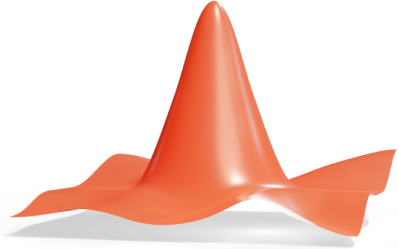Menu
Position, Velocity, Speed and Acceleration in GeoGebra
If you have a vector function that describes the position of a particle, you can use GeoGebra to calculate its velocity vector, its speed, its acceleration vector, and its acceleration.
GeoGebra Instruction 1
Assume you have a vector function that describes the position of some object.
Open
View and select CAS.
Velocity Vector
- 1.
- Enter the functions and . Beware that
GeoGebradoesn’t allow you to use the letters and as names for functions, so give them other names. - 2.
- Enter
Derivative(<Expression>)and then enter the name of . PressEnter. You get the -coordinate of the velocity vector. - 3.
- Enter
Derivative(<Expression>)and then enter the name of . PressEnter. You get the -coordinate of the velocity vector.
Speed
- 1.
- First, find the velocity vector as described in the previous step.
- 2.
- Enter
sqrt(<x-coordinate of the velocity vector n>
^2+ <y-coordinate of the velocity vector>
^2) - 3.
- Press
Enter. You get the function for the speed.
Acceleration Vector
- 1.
- First, find the velocity vector.
- 2.
- Enter
Derivative(<expression>), and then enter the expression you have for the -coordinate of the velocity vector. PressEnter. You get the -coordinate of the acceleration vector. - 3.
- Enter
Derivative(<expression>), and enter the expression you have for the -coordinate of the velocity vector. PressEnter. You now get the -coordinate of the acceleration vector .
Acceleration
- 1.
- First, find the acceleration vector as above.
- 2.
- Enter
sqrt(<x-coordinate of acceleration vector>
^2+ <y-coordinate of acceleration vector>
^2) - 3.
- Press
Enter. You now get the acceleration .



















